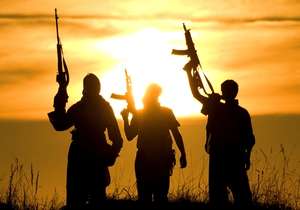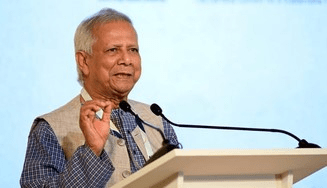Islamabad, Nov 1: The widening rift between Jamaat-ul-Ahrar (JuA) and the Tehreek-e-Taliban Pakistan (TTP) is reshaping Pakistan’s militant landscape, extending beyond leadership disputes to operational conflicts. According to a report in The Diplomat, the JuA has increasingly claimed responsibility for attacks that the TTP publicly denied, signaling a growing schism between the two.
Founded in 2014 by Omar Khalid Khorasani after breaking away from the TTP, the JuA emerged as one of its most aggressive offshoots. However, following Khorasani’s killing, the group has struggled with leadership challenges and internal cohesion. Despite this, JuA now seeks greater influence within the militant network, reportedly demanding key positions in TTP’s command structure.
Journalist Arshad Mohmand of Voice of America observed that JuA has adopted a “hedging policy,” balancing ties between the TTP and the newly formed Ittehad Mujahideen Pakistan (IMP) — a rising faction comprising Lashkar-e-Islam, Hafiz Gul Bahadur, and Harakat Inqilab Islami Pakistan (HIIP). Led by Gul Bahadur, the IMP has claimed several high-profile attacks across Khyber Pakhtunkhwa (KP), particularly in its southern districts.
The report noted that the TTP remains Pakistan’s most dominant militant outfit, with over 90 affiliated groups and a robust financial network enabling its quasi-governance model. However, the emergence of JuA-IMP cooperation poses a significant challenge to TTP’s supremacy.
The JuA is now expanding its influence from Chitral in northern KP to Karachi in Sindh, recently gaining 30 new affiliates from Chitral. Analysts believe this expansion aims to erode the TTP’s stronghold in southern KP and consolidate JuA’s independent power base, signaling a possible fragmentation of Pakistan’s militant ecosystem.


















